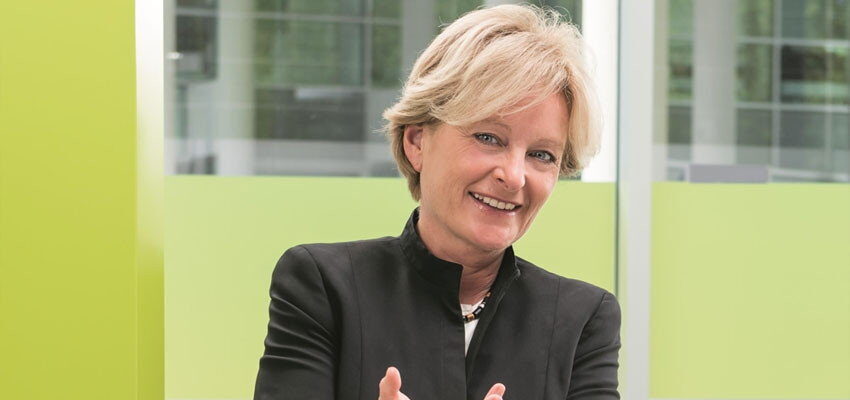
Interview with Dr. Beatrix Natter, Head of Business Unit Transformers at Siemens
TM: Dr. Natter, Siemens is among key players in the global transformer market. Where do you see the competences of Siemens Transformers? BN: First and...
byTransformers Magazine

TM: Dr. Natter, Siemens is among key players in the global transformer market. Where do you see the competences of Siemens Transformers?
BN: First and foremost, Siemens stands for quality. Our transformers feature best in class MTBF (mean time between failures) at values well beyond international standards, guaranteeing the highest product reliability and grid availability for our customers. In terms of innovation, Siemens is at the forefront of the industry with the introduction of comprehensive solutions for the integration of renewable energy sources, alternative insulation fluids, low noise transformers, as well as state of the art HVDC (high voltage direct current) transformers, which boost our customers’ efficiency for long distance transmission.
TM: With regard to the manufacturing sites, can you tell us a bit more about your global footprint?
BN: Our manufacturing network consists of dedicated facilities spread over four continents, which are supported by our headquarter office in Germany. This structure enables us to act locally according to individual needs of our customers while thinking globally in terms of trends and technology developments. Moreover, our central governance guarantees that processes and quality levels are kept at a constant level across our entire network, delivering the best performance for our customers regardless of their location.
TM: How does Siemens manage harmonisation of processes and technology among different manufacturing sites?
BN: We have established a global engineering centre and dedicated lead factories for design and manufacturing technologies across our network. This is how we assure that the quality of all plants remains at the same level and that there is always a backup for each project. The factory network also leads to shorter delivery times and has already been advantageous in large tenders where we are able to split an order of several transformers among different plants.
TM: Siemens is famous for its so-called desert zone technology for large power transformers. This is the technology for assembly of dry active part under very low and controlled humidity. As humidity is critical in the manufacturing process of large power transformers, particularly due to differences in conditions in different regions of the world, what are the benefits of this technology for you as the manufacturer, and what do the customers gain from it?
BN: We have erected desert-climate halls in several of our manufacturing sites, where dried active parts are brought for the assembly. The low humidity in these areas allows our workers to make all installations on the active part cautiously without having to hurry too much. The insulation material will not absorb humidity from the air, and the active part can stand in the desert-climate hall longer than in regular assembly areas. At first, these halls were installed for the most complicated transformers exclusively. But now, all our customers benefit from them. This is one example of how our innovative research and development at Siemens pays off for all of our customers.







